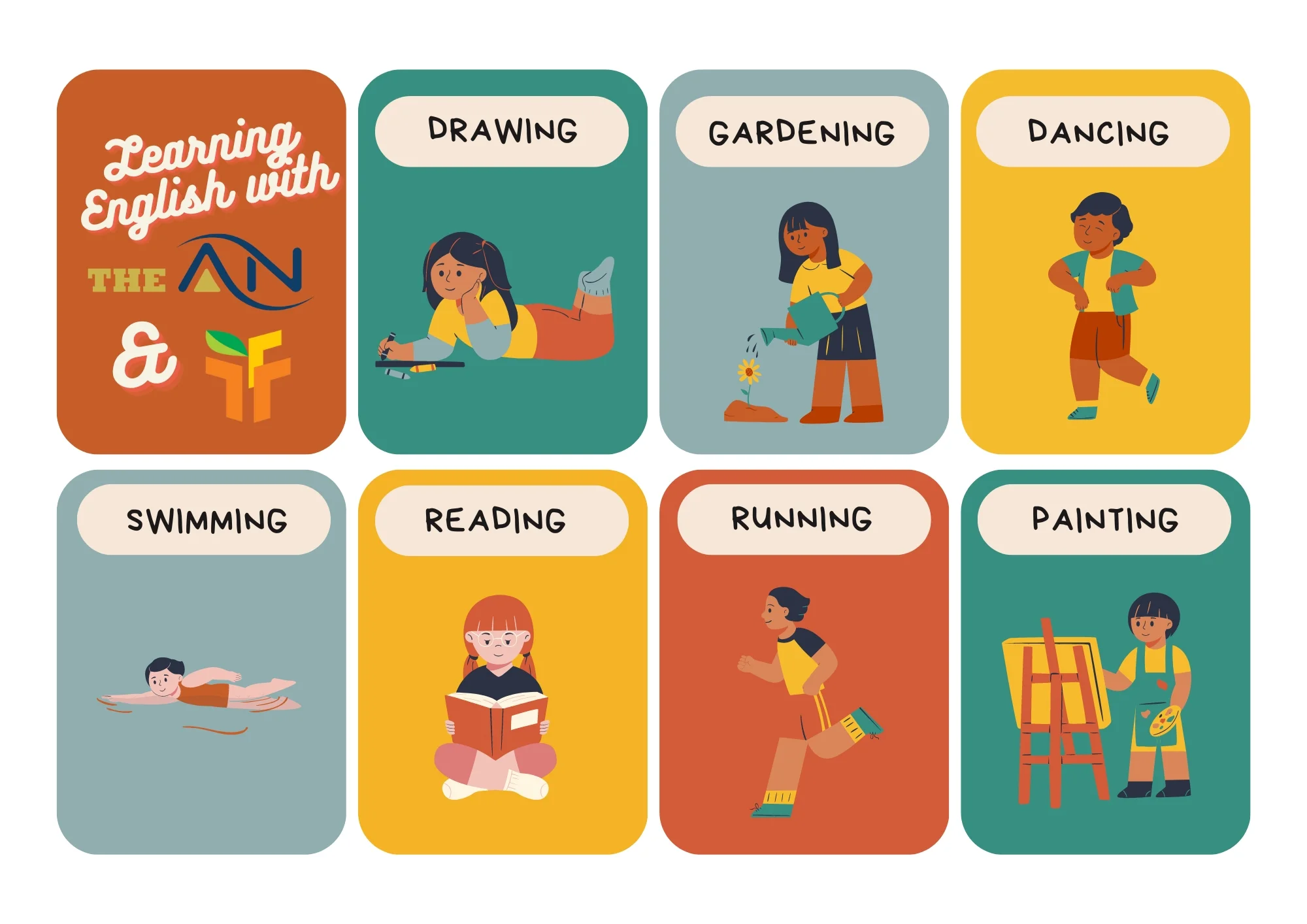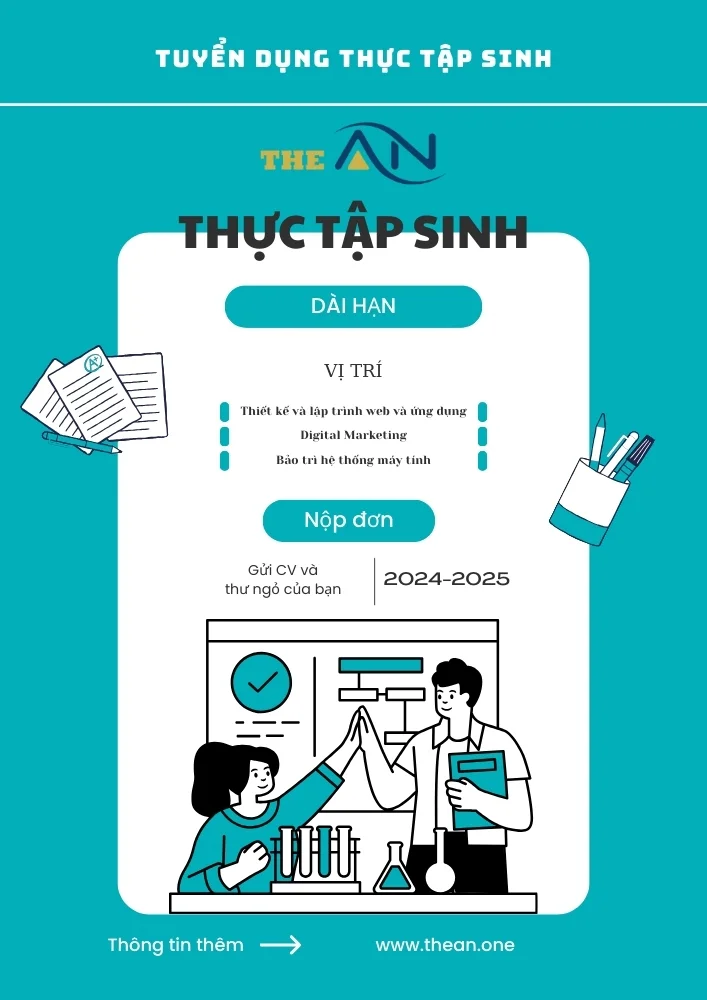Verb Forms

Verb forms, as well as verbs on their own, are an essential aspect of English. This is named as it is the most crucial portion of a statement. It is the term that conveys or expresses data about an individual or object. To construct a tense, several types of verbs should be used. There are five distinct forms of main verbs in the English language.
Table of Content
- What Is a Verb Form?
- Root form of the verb
- Root Verb with Examples
- Five Forms of Verbs
- List of Verb Forms
- Verb Forms that remain the same in all forms
- Third Person Singular Present Form with Examples
- Practice Questions – Five Forms of Verbs
- FAQ’s – Verb Forms in English
What Is a Verb Form?
Verbs are components of speech that describe an activity or a condition of someone being. Every verb has five alternative forms. A verb form is a method that means shaping or modifying a verb to match the setting that communicates about an activity that is conducted at a given moment. When to employ one of these forms is determined by the topic and content of the statement.
Root form of the verb
The verb root, commonly referred to as both the “base form of a verb” or the “root form of a verb”, is a dictionary rendition of the word. The verb root is identical to the infinitive form, except for missing the word “to.” In these other terms, this verb root seems to be the version of the verb that does not have any ends such as “es, s, ing, etc.”
Root Verb with Examples
The root verb, in its original form without any inflection, serves as the base form for creating other verb forms. Regular verbs modify the root form when conjugated, especially in simple present tense. However, irregular verbs have unique conjugations. Not all verbs follow this pattern. Let’s explore examples to understand how root verbs are used in sentences.
Examples of Root Verbs:
- “I love watching movies with my friends.” (Root verb – love)
- “I finish my homework before 6 p.m. every day.” (Root verb – finish)
- “You play really well.” (Root verb – play)
- “You are beautiful.” (Root verb – be)
Characteristics:
- These verbs are used in their original form.
- They are known as root verbs because they serve as the base form for other verb tenses and forms.
Five Forms of Verbs
The five forms of verbs are listed below:
1. Present (Root) form of a Verb:
In Languages, verb roots are quite likely one of the most essential portions of the verb. This is because although the verb root is utilized for inversion in languages, you add suffixes and prefixes to the verb root to cross-link it for various individuals.
2. Simple past form of a Verb:
Using past simple is probably the primary frequent manner of discussing completed occurrences or conditions. It is frequently used along links to the past.
3. Past participle form of a Verb:
The past participle seems to be a term that is derived from something like a verb. It is likely to finish in “ed d, n, en, etc.”, it is employed as an adjective or to produce a verb tense.
4. Present participle form of Verb:
A verb’s present participle is formed by appending “-ing” to the underlying verb. The present participle form is employed to express how something is occurring (or it has occurred) through time in the past, the present, and the future.
5. Third – Person singular present form of Verb:
A third-person singular (she, he, it, they, one) inversion is distinct from any other combinations. For ordinary verbs, this verb form ends in -s (or sometimes –es).
List of Verb Forms
| Present (Root) form | Simple past form | Past participles form | Present participle form | Third -Person singular present form |
|---|---|---|---|---|
| complete | complete | complete | completing | completes | bring | brought | brought | bringing | brings | teach | taught | taught | teaching | teaches | take | took | taken | taking | takes | open | opened | opened | opening | opens | grow | grew | grown | growing | grows | notice | noticed | noticed | noticing | notices | fight | fought | fought | fighting | fights | build | built | built | building | built | freeze | froze | frozen | freezing | freeze |
| Present (Root) form | Simple past form | Past participles form |
|---|---|---|
| cut | cut | cut |
| put | put | put |
| quit | quit | quit |
| hurt | hurt | hurt |
| upset | upset | upset |
| spread | spread | spread |
| set | set | set |
| reset | reset | reset |
| shut | shut | shut |
| wet | wet | wet |
Examples of Verb Forms Used in Sentences:
1. Present (Root) form:
- I love dogs.
- Rohit sing in the concert.
- We daily walk to our school.
- I cook dinner for guests.
- I realize it was my mistake.
2. Simple past form:
- We ate noodles yesterday.
- I missed my bus.
- She spoke good hind.
- I wrote a letter for the first time.
- My mother buys these fruits.
3. Past participle form:
- The baby cried a lot after getting hurt.
- The police worked hard the whole day.
- I have finished all my work yesterday.
- We gone to the park yesterday.
- The office will be closed at 9:00 p.m.
4. Present participle form:
- We are working for a long time.
- What are the kids doing?
- My friends went shopping.
- I am reading a novel of Harry Potter.
- Students are studying history.
5. Third -Person singular present form:
- She needs food.
- The cheetah runs very fast.
- My sister brings lots of chocolates for me.
- He gives me the book.
- She climbs trees just like a monkey.
Third Person Singular Present Form with Examples
In the simple present tense, the third person singular form of a verb is crucial. For regular verbs, this form is created by adding ‘s’ or ‘es’ to the end of the root verb.
Examples of Third Person Singular Present Form:
- “Tom likes having cereal for breakfast.” – (Root verb – like, Third person singular form – likes)
- “Sheela teaches English for sixth-grade students.” – (Root verb – teach, Third person singular form – teaches)
- “My father reads the newspaper every day.” – (Root verb – read, Third person singular form – reads)
- “The Sun rises in the east and sets in the west.” – (Root verb – rise, set; Third person singular form – rises, sets)
Practice Questions – Five Forms of Verbs
Q1. Complete the following table.
| Present (Root) form | Simple past form | Past participle form | Present participle form | Third -Person singular present form |
|---|---|---|---|---|
| dreamt | dreamt | dreams | ||
| read | read | reading | spoke | spoken | speaks |
| write | wrote | writing | writes | sleep | slept | sleeping |
| go | went | going | goes | ate | eaten | eats |
| see | seen | seeing | pay | paying | pays |
| chose | chosen | chooses |
Answers:
| Present (Root) form | Simple past form | Past participle form | Present participle form | Third -Person singular present form |
|---|---|---|---|---|
| dream | dreamt | dreamt | dreaming | dreams |
| read | read | read | reading | reads | speak | spoke | spoken | speaking | speaks |
| write | wrote | written | writing | writes | sleep | slept | slept | sleeping | sleeps |
| go | went | gone | going | goes | eat | ate | eaten | eating | eats |
| see | saw | seen | seeing | sees | pay | paid | paid | paying | pays |
| choose | chose | chosen | choosing | chooses |
FAQ’s – Verb Forms in English
Verbs are components of speech which describe an activity or a condition of someone being. Every verb has five alternative forms. A verb form is a method that means shaping or modifying a verb to match the setting that communicates about an activity that is conducted at a given moment. When to employ one of these forms is determined by the topic and content of the statement.
The five verb forms are:
- Present (Root) form of a Verb
- Simple past form of a Verb
- Past participle form of a Verb
- Present Participle form of Verb
- Third -Person singular present form of Verb
Using past simple is probably the primary frequent manner of discussing completed occurrences or conditions. It is frequently used along links to the past.
The verb forms are categorized as follows:
- Present form: V1
- Simple past form: V2
- Past participle form: V3
| Present (Root) form | Simple past form | Past participles form |
|---|---|---|
| wet | wet | wet |
| cut | cut | cut |
| put | put | put |
| quit | quit | quit |
| hurt | hurt | hurt |
| upset | upset | upset |
| spread | spread | spread |
| set | set | set |
| reset | reset | reset |
| shut | shut | shut |
Quý anh/chị đang tìm kiếm một doanh nghiệp uy tín cung cấp dịch vụ Công Nghệ Thông Tin như Thiết kế và lập trình website, Digital Marketing, hoặc dịch vụ Bảo trì và chăm sóc hệ thống máy tính, ...? Đừng ngần ngại hãy liên hệ với The ÂN qua số điện thoại (+84).326.418.478 để được tư vấn cụ thể, hoặc liên hệ qua mẫu tin.
Các thông tin nổi bật khác:
- Lợi ích của Phòng IT thuê ngoài?
- 25 xu hướng thiết kế web hàng đầu năm 2025
- Xu hướng tiếp thị kỹ thuật số hàng đầu cho năm 2025
- Tôi có cần một trang web không khi đã có phương tiện truyền thông xã hội?
Bài viết khác

Lợi ích của Phòng IT thuê ngoài?
Phòng IT thuê ngoài, hay còn gọi là dịch vụ IT dựa trên mô hình outsource, mang lại nhiều lợi ích cho các doanh nghiệp, nhất là đối với những công ty không chuyên về công nghệ thông tin. ...

Tôi có cần một trang web không khi đã có phương tiện truyền thông xã hội
Câu trả lời là CÓ! Chúng tôi cũng không chỉ loanh quanh đâu. Ngay cả khi trò chơi truyền thông xã hội của bạn mạnh mẽ, việc có một trang web là rất quan trọng để thiết lập sự hiện diện trực tuyến của bạn.
English for future
Japan for future
China for future
US for future
Timeline
Technical articles
17 Sustainable Development Goals of United Nations (3488 lượt xem)
List of Company Values (3453 lượt xem)
Want Your Nails Done? Let a Robot Do It. (3270 lượt xem)







